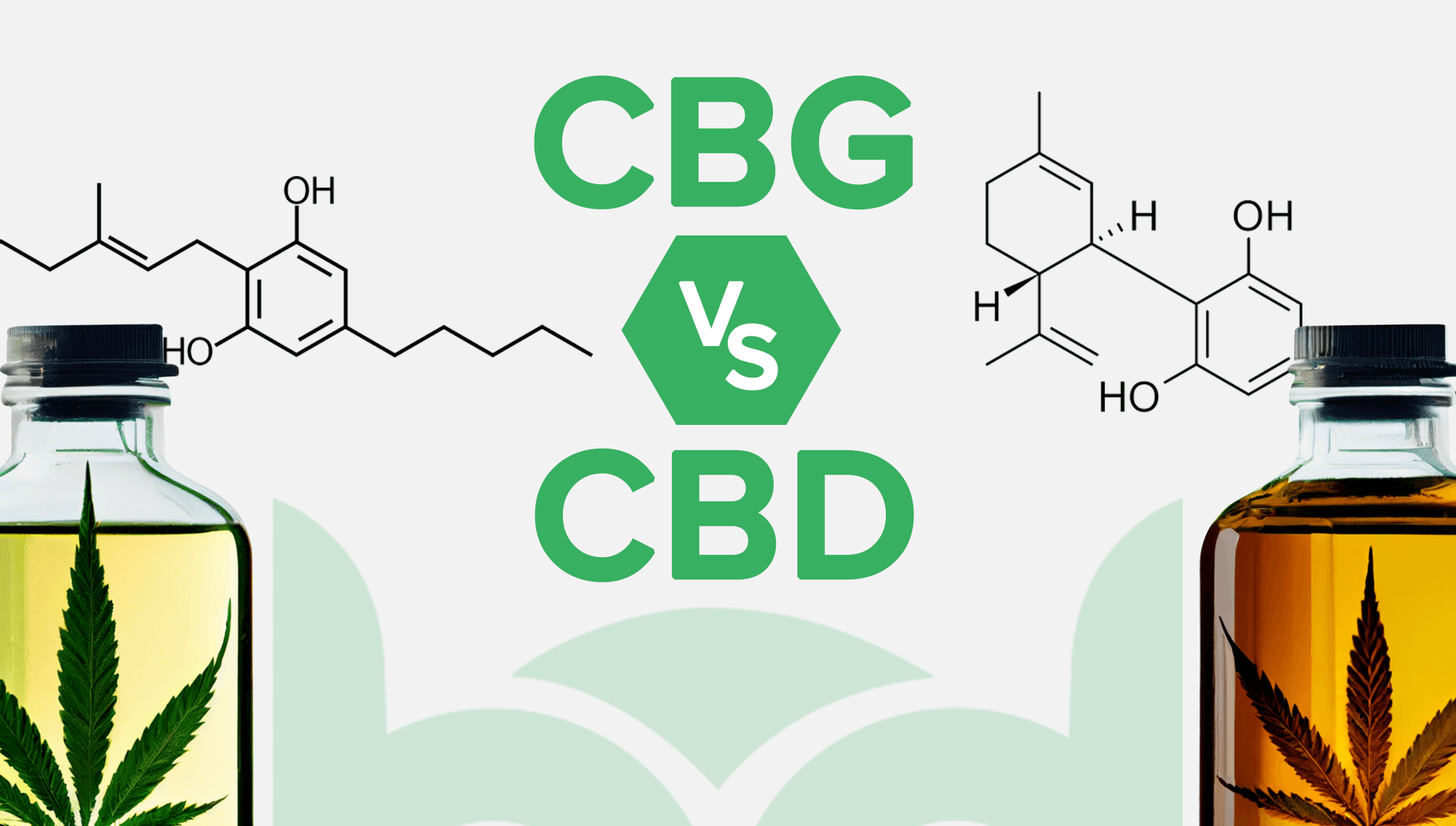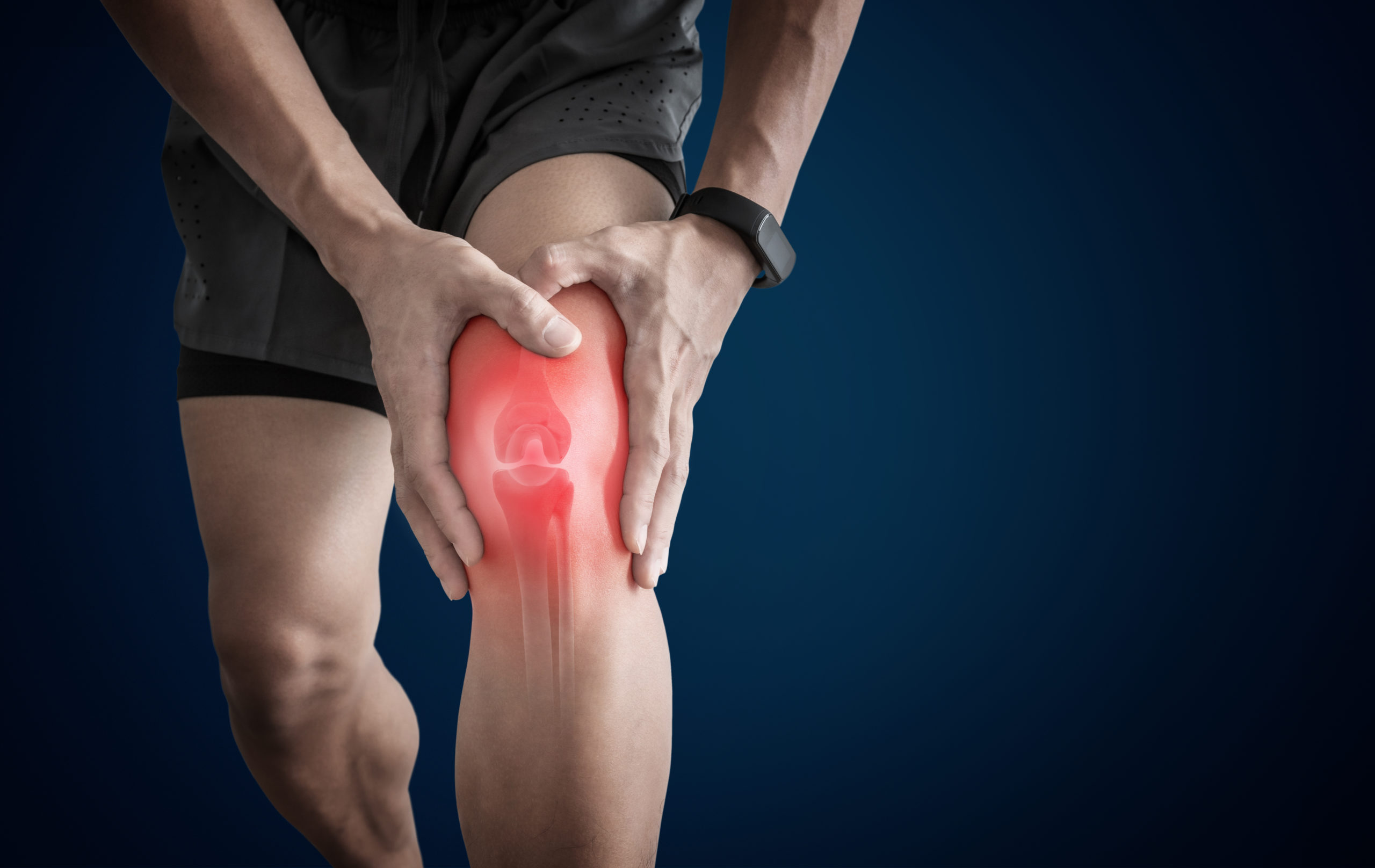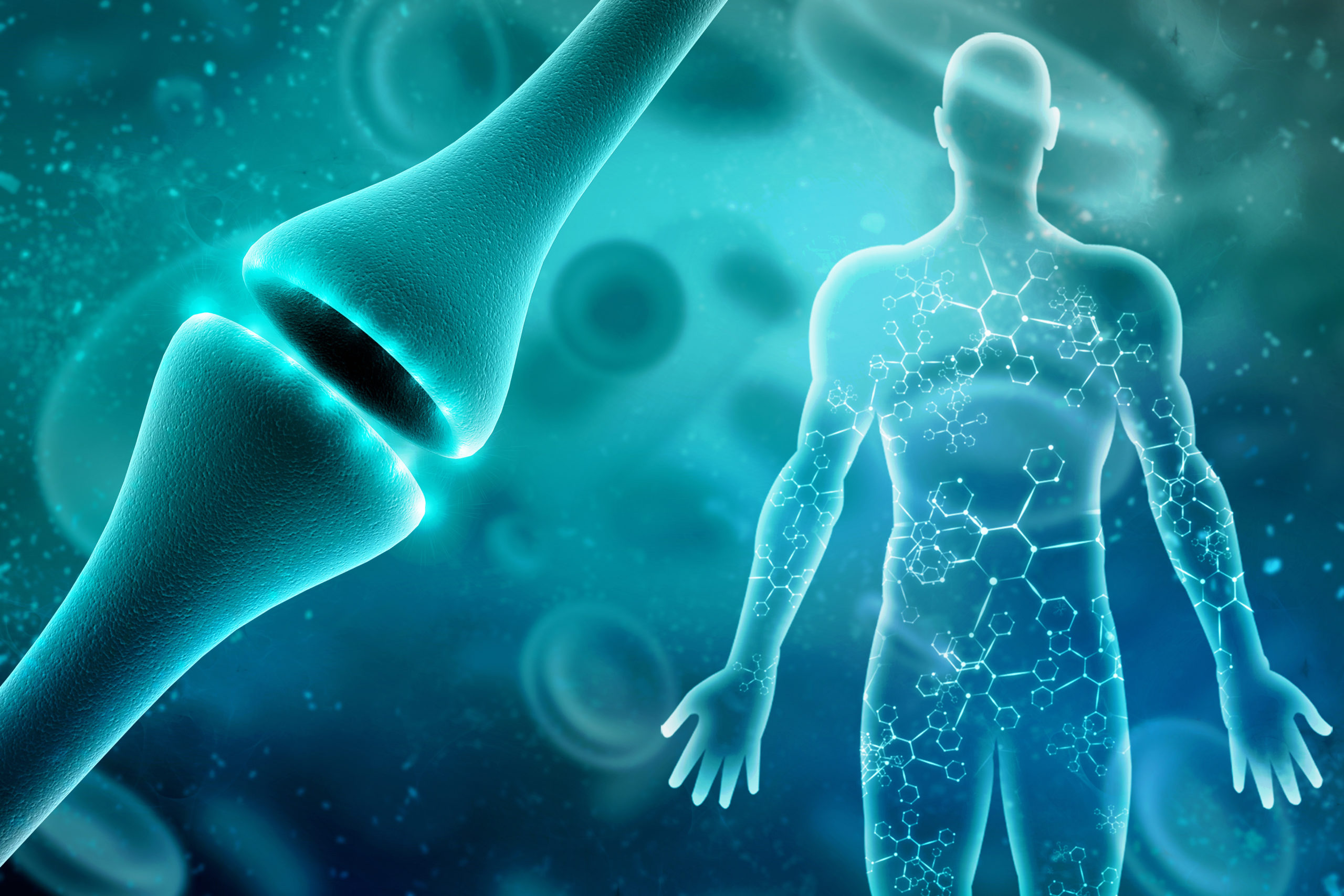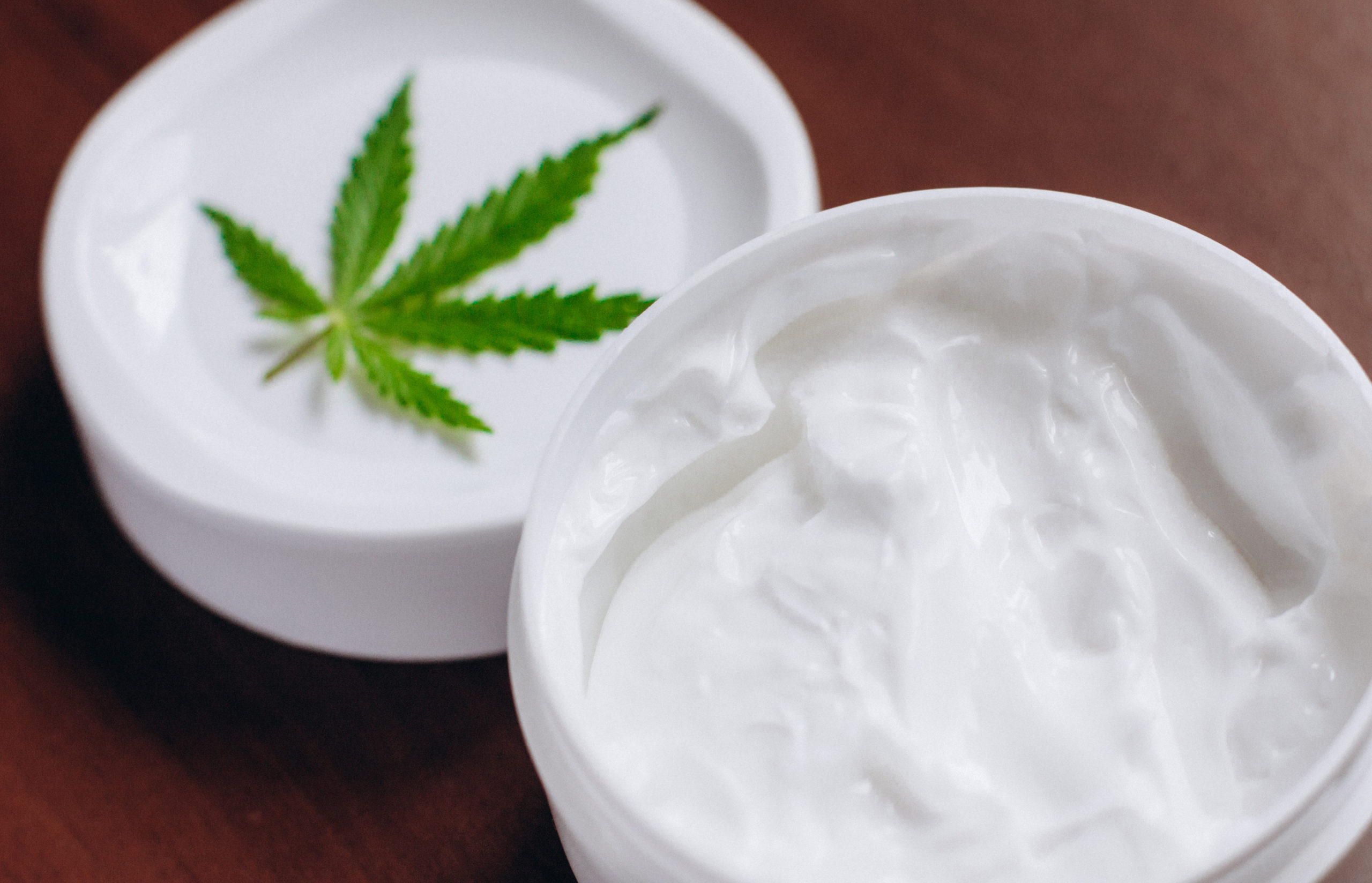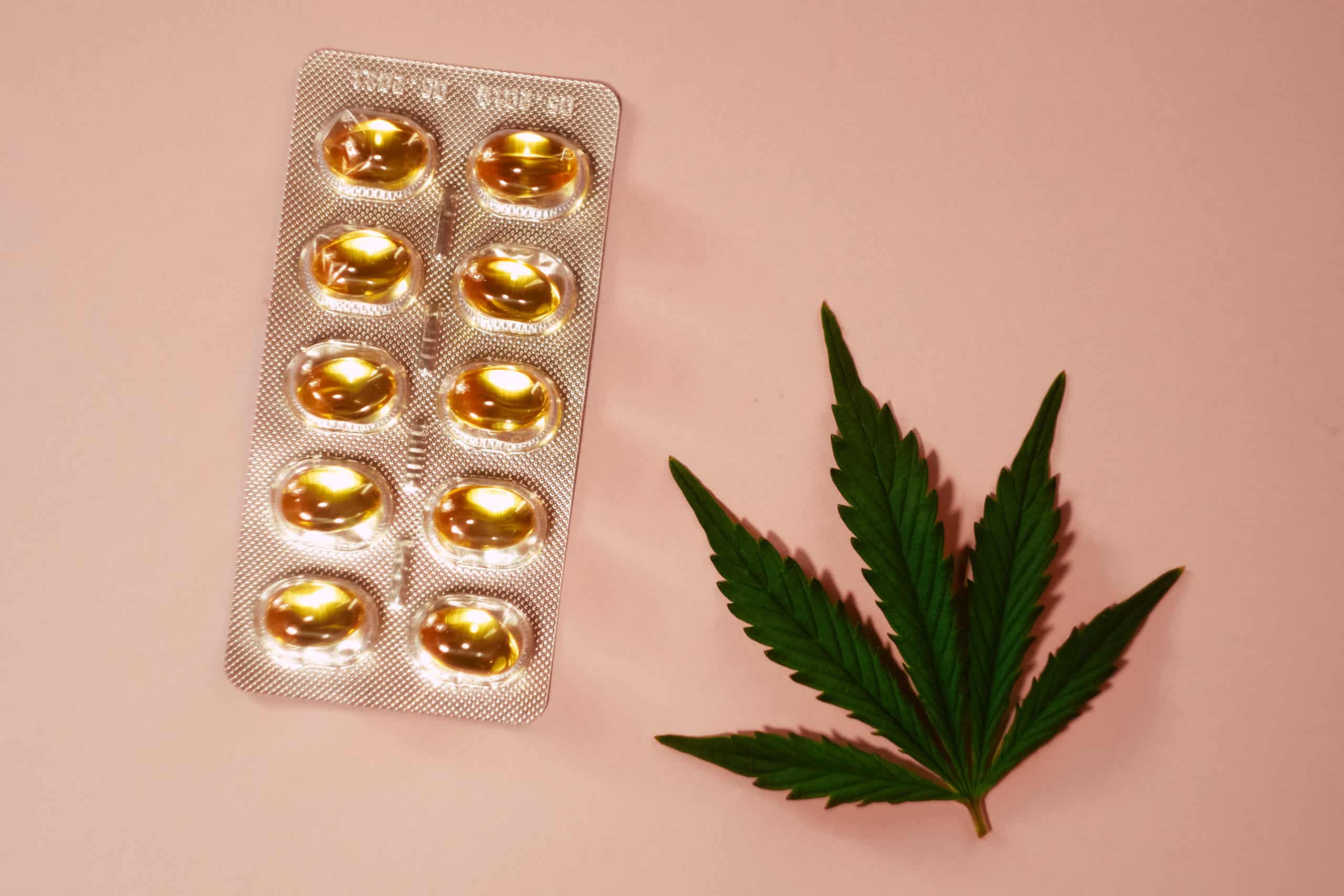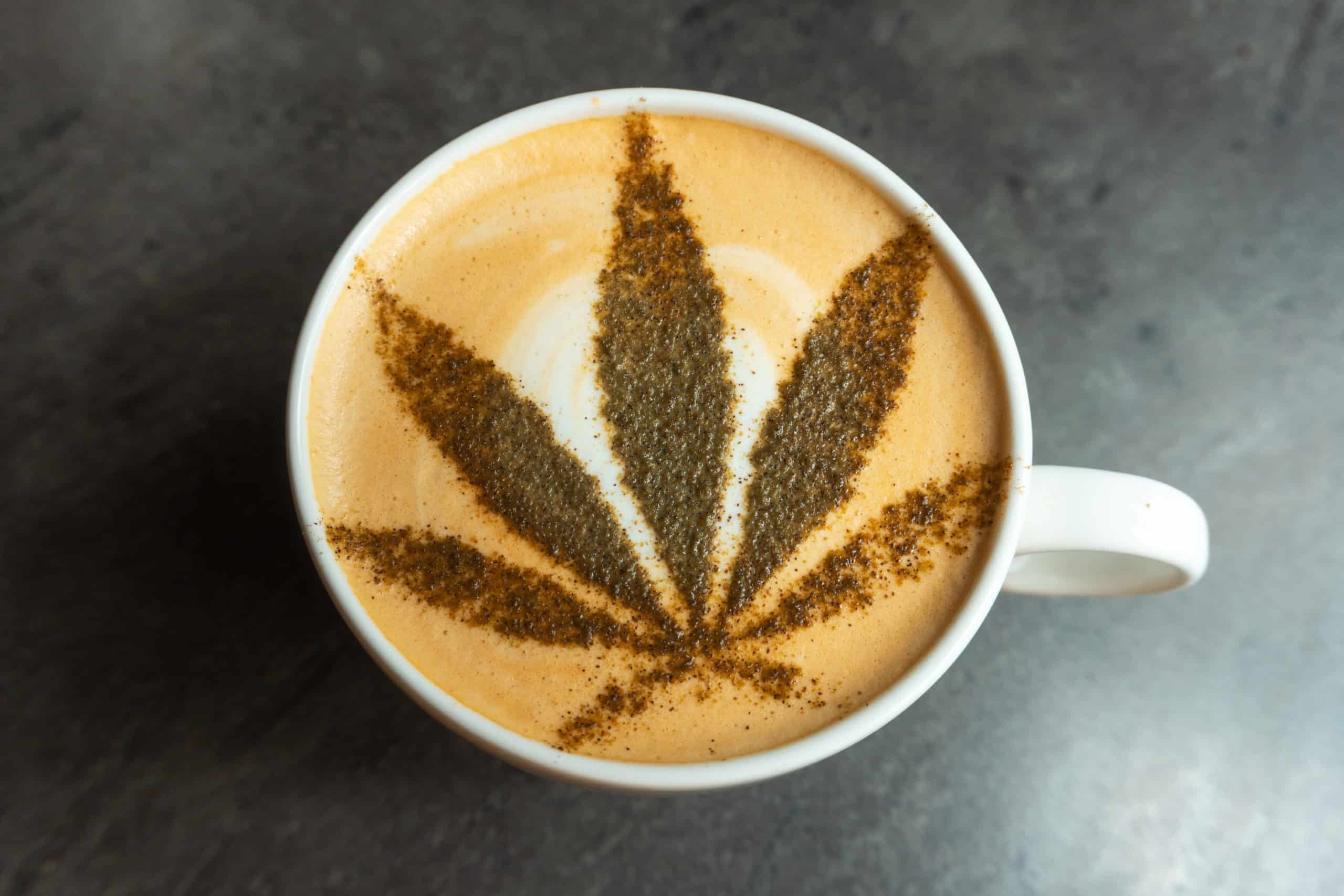-
- Market Research
- |
- CBD Near Me
- |
- Giveaways
- |
- Newsletter
- |
- Contact
- |
- Advertise
- |
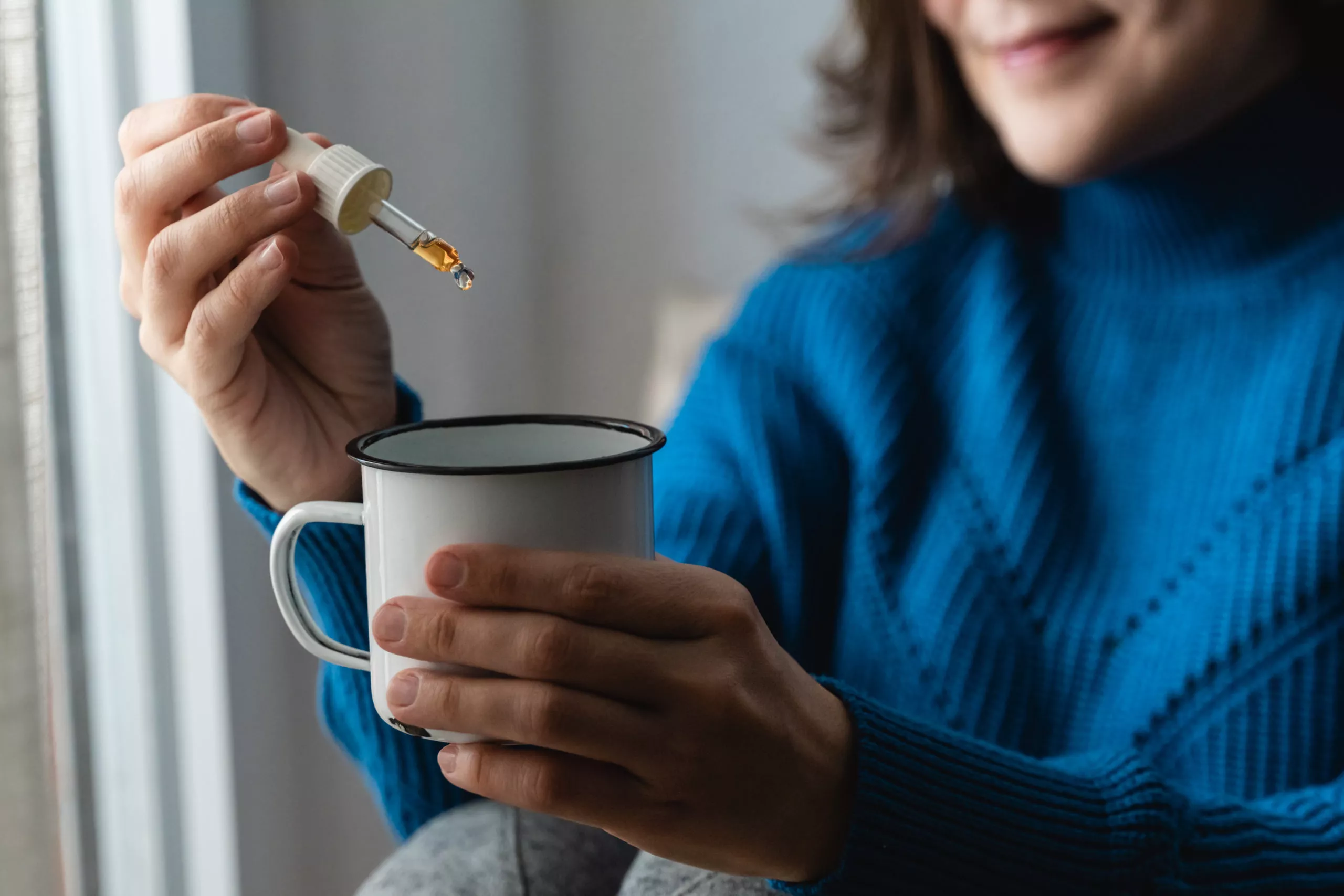
The human body doesn’t do anything at 100% efficiency, and CBD absorption is certainly no exception.
It’s easy to complacently ignore the issue of absorption when reading a CBD product’s (or any other supplement’s) label, but remember: what you see isn’t what you get.
However, this doesn’t mean you can’t take steps to increase how much CBD is absorbed into your system with each dose.
From the foods you take it with to the type of CBD you buy and more, the following guide will show you how you can up your absorption of this health-boosting phytochemical with as little hassle as possible.
Bioenhancers
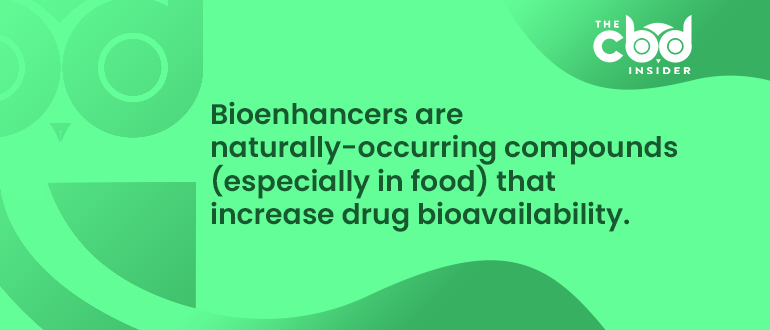
This isn’t a green light for a high-fat diet, but consuming your CBD product with fatty foods has been proven to increase absorption.
In this University of Nottingham study, experimenters found that “oral co-administration of lipids enhanced the systemic exposure of rats to THC and CBD by 2.5-fold and 3-fold, respectively.”
The researchers also discovered that each of these compounds native to cannabis plants showed a “very high affinity” for chylomicron-like particles (chylomicrons are partially fat-based proteins).
In other words, CBD loves fat, and fat loves CBD.
When consumed at the same time, the CBD gloms onto fat molecules, which can transport it much more efficiently to where it is most poorly absorbed: the intestines.
Piperine
You may have never wondered (or cared) before if the pepper sprinkled atop your morning eggs was a bioenhancer or not, but if you’re looking to enhance CBD absorption, it’s an easy and effective way to go.
Piperine, the compound in black pepper responsible for increasing CBD absorption, does so by targeting and inhibiting enzymes responsible for the breakdown of CBD.
In other words, with the accompaniment of piperine, CBD will not be broken down by the body as effectively because the relevant enzymes will be partially subdued by the piperine.
This particular study by the Hebrew University of Jerusalem found that piperine increased the oral bioavailability of CBD by 2.5 times in rats and that acute or chronic uses of pepper are no different in their effectiveness.
CBD Absorption by Delivery Method
The manner in which the CBD is introduced to the body (i.e., swallowed, smoked, etc.) is likely the most influential factor in bioavailability, at least among those that can be controlled by the consumer.
However, even across studies using similar doses, populations, and CBD formulations, bioavailability figures can vary widely based on many factors, so providing hard-and-fast standards is much less feasible than keeping figures to broad ranges.
From a consumer’s perspective, it’s more important to understand the relative potency of delivery methods than to pinpoint absolute values anyway.
CBD can be consumed orally, nasally, through inhalation, and most efficiently (100%) with intravenous administration, however rare that may be.
Oral Ingestion
While CBD oils, capsules, and gummies are highly sought after for their convenience, most research findings point to bioavailability percentages in the high single digits or low teens.
That said, the use of bioenhancers like fatty carrier oils or piperine can increase bioavailability, and buccal (cheek) or sublingual (under the tongue) administration are proven to have the same effect.
As for how quickly the effects take hold, this study from the Candioli Pharmaceutical Institute in Beinasco, Italy reports, “Maximum plasma concentrations (of cannabinoids) are usually achieved after 60-120 minutes, although this can take even longer.”
Oromucosal Spray
It’s difficult to confidently differentiate the CBD bioavailability associated with oromucosal (nasal) sprays from oral ingestion because studies using both are limited.
Nonetheless, researchers suspect that CBD applied in this manner is more bioavailable, as in this National Institutes of Health finding out of Baltimore, in which participants were given both oral and oromucosal THC and CBD before undergoing blood tests.
Per the authors, “THC bioavailability was enhanced when THC was administered by oromucosal spray, compared with oral administration, although differences did not reach statistical significance.”
Since THC and CBD absorb similarly in the case of oral ingestion, we can reasonably deduce that they would absorb at least somewhat similarly when administered as oromucosal sprays.
Pulmonary Administration
How much CBD is taken in with one puff?
How can we account for differences in smoking habits, lung capacity, etc. when trying to compare CBD’s effects across multiple participants?
These barriers make it even harder to measure bioavailability, but still, researchers are confident that smoking CBD yields a significantly higher bioavailability than oral ingestion and oromucosal sprays.
To give you a sense of the current understanding, we combed a journal database for less than ten minutes and found figures between 5-60%, each with a unique explanation as to why it was so high or low.
Researchers are much more confident in measuring the time to peak concentration, which is just three minutes for smoking, per this illuminating study from the Royal Derby Hospital in the UK.
The study also reported, “Bioavailability following smoking was 31%, however no other studies attempted to report the absolute bioavailability of CBD following other routes in humans.”
Topical
Where the research was before tentative on the matter of bioavailability for oral ingestion, smoking, etc., it’s understandably mum when it comes to the topical route.
Not only is it difficult to measure doses with this method, but the area of application can also affect bioavailability since topical CBD acts directly where it is applied.
Most topical CBD products have the total CBD reported in milligrams, so at the very least, consumers can estimate how much is going on the skin.
As for what happens after, more research will be required to provide a range.
Nanoemulsion
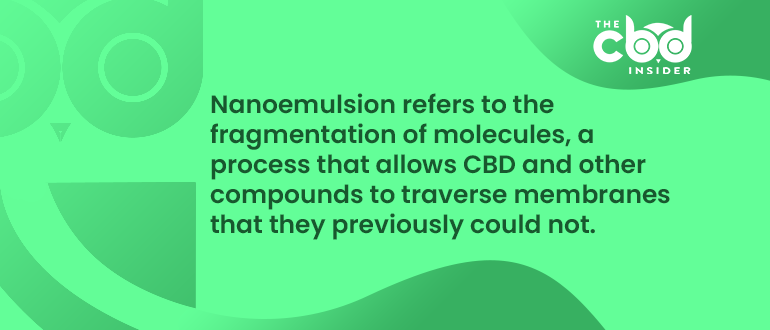
Of particular importance for oral CBD takers is the recent focus on CBD nanoemulsion formulations.
Nanoemulsion refers to the fragmentation of molecules into much tinier pieces, a process that allows CBD and other compounds to traverse membranes that they previously could not.
Normally, the liver and gallbladder team up to store and release bile, a substance that emulsifies fats in a similar manner so they’re also easier to process.
This naturally occurring instance of emulsion may have an effect on CBD nanoemulsions, thought the researchers in this study by Showa University in Tokyo, because CBD likes to be transported in fat.
As it turns out, the nanoemulsion formulation used in the study “successfully improved the absorption of CBD regardless of bile secretion.”
Personal Factors Affecting CBD Absorption
The following list provides a sample of the many circumstances that can affect CBD absorption:
- Liver functionality
- Weight
- Metabolic state
- CBD formulation
- Diet (especially surrounding doses)
Chronic cannabis use has also been shown to reduce the presence of cannabinoid receptors via a process known as downregulation.
Fewer receptors mean reduced potency under consistent dosing.
Tying In Quality and Safety
Bioavailability is a commonly overlooked factor that can be wielded as a tool to separate otherwise similar brands from each other when deciding on a CBD provider.
However, without taking into account a brand’s third-party lab reports, extraction methods, formulations, and other factors, this approach doesn’t capture the whole picture.
Tie all of these together, and you can make that next purchase with confidence.


